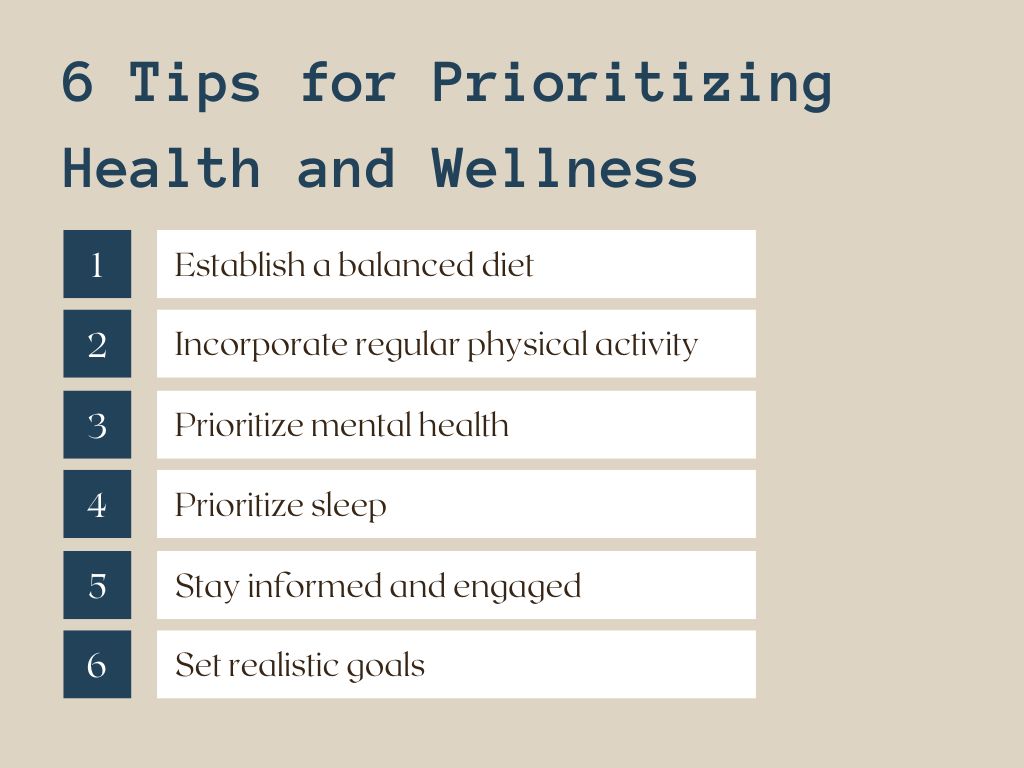An investment portfolio is a collection of your financial investments. For simplicity’s sake, I will limit it to stocks and bonds. Stocks are the more riskier option, but offer the highest possible return for your money, while bonds are a safer form of investment that usually have lower interest rates (meaning a lower return).
So, how do you decide the ratio of stocks to bonds in your portfolio? It all depends on how much risk you are willing to take. If you are willing to accept greater risk, your portfolio will have more stocks than bonds, and if you are risk averse, then you might have more bonds in your portfolio. It is also important to consider the timing of when you are investing because certain investments take longer to earn a return.
Now that you have chosen the ratio of stocks to bonds in your portfolio, it is now time to select which shares or bonds you would like to buy. The most important aspect here is to diversify your assets. Do not have the success of your portfolio riding on one business or industry because that is a recipe for disaster. In order to avoid firm specific risk, you should place smaller investments into numerous different companies so that if one fails, it has a minimal impact on your portfolio. You should also diversify your investments across multiple different industries (agriculture, technology, etc.) so that if one industry is experiencing trouble, you still have other shares to rely on. Diversification does not eliminate all risks (such as when the stock market as a whole is experiencing reduced profit and low returns), but it can spread them out among multiple different shares, and protect you from firm specific risks.
When selecting the specific stocks and bonds to include in your portfolio, you can research each company by looking at their annual reports and seeing how they are rated in terms of credit risk and profitability on rating agency websites. One example of a rating agency is Standard and Poor. Another way is to get advice from an analyst, whose job is to study and watch the markets. You could also buy shares in a mutual fund, which is managed by a money manager who researches and makes decisions for the fund. The money manager also buys and sells stocks as they see fit.
The most intriguing way to choose stocks is at random. This might sound reckless, but actually makes sense when you realize that it is impossible to beat the market. The stock market is unpredictable and it is impossible to know the future profitability of a company. This is why some people decide to invest in index funds, which is investing a small amount of money into all of the stocks on a particular index. This is one of the best options for long term investors. Index funds often outperform mutual funds which proves the importance of diversification.
Now that you know the basic options available and the importance of diversification it is time for you to gather your portfolio. Make sure to consider risk and reward when choosing how to allocate your money. Take on as much risk as you are comfortable with, investment and risk acceptance is different for everyone depending on each individual circumstance. Good luck with your investments, choose wisely!
Photo credit: Wance Paleri on Unsplash




